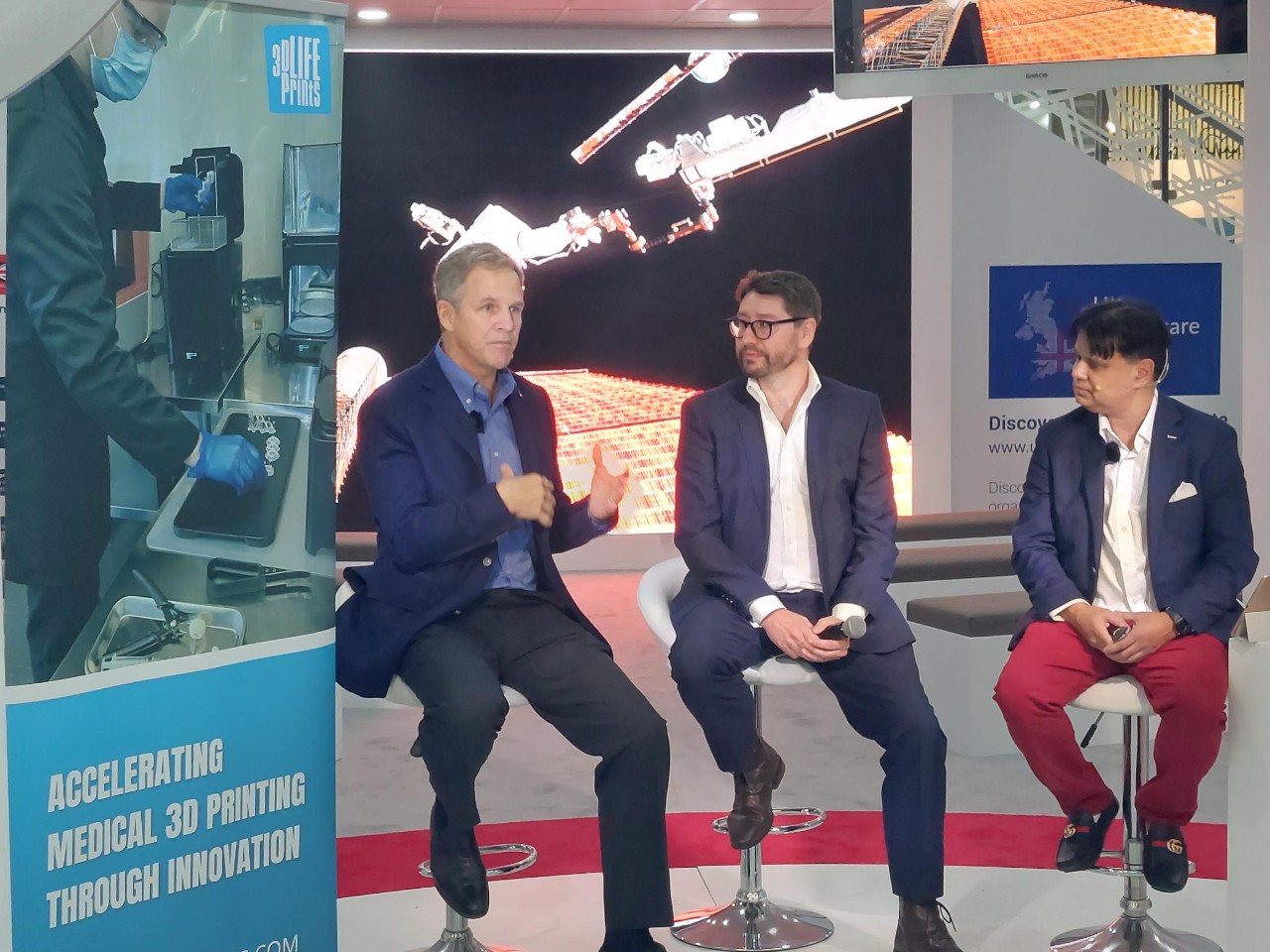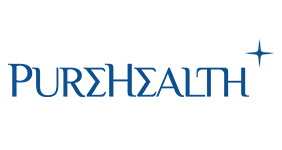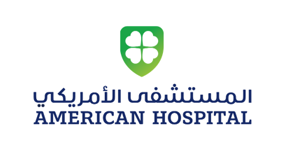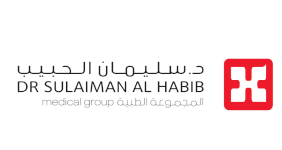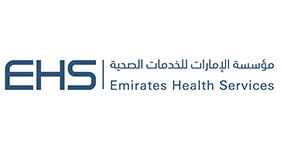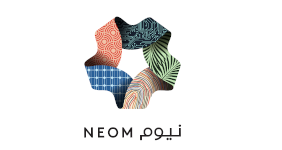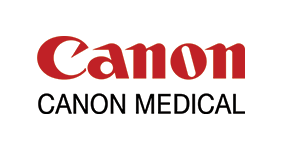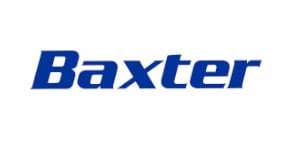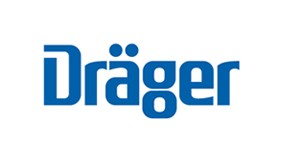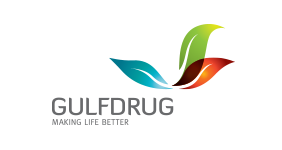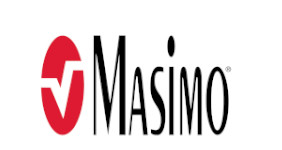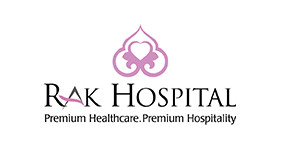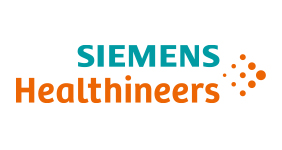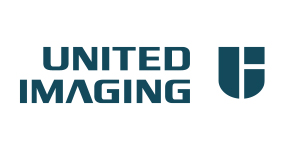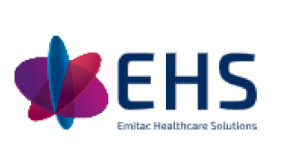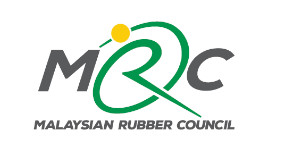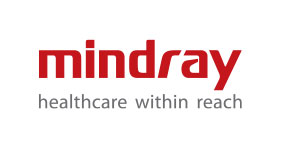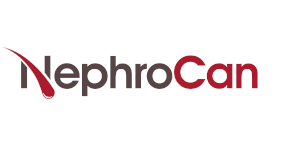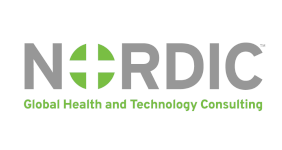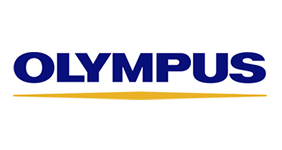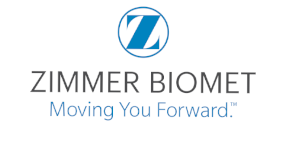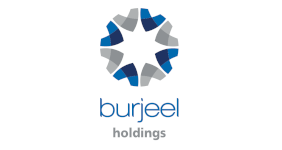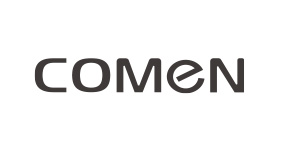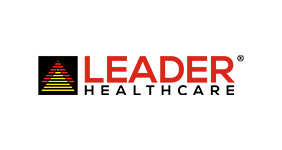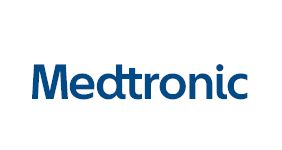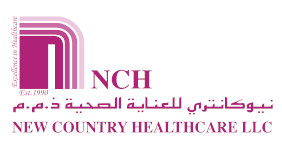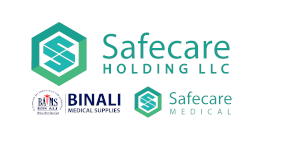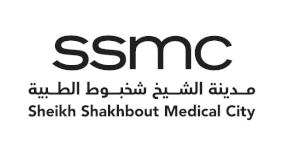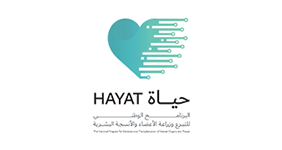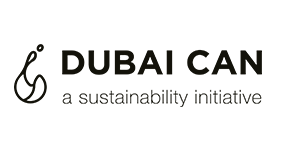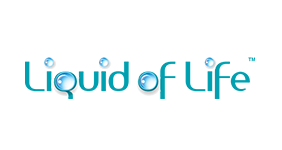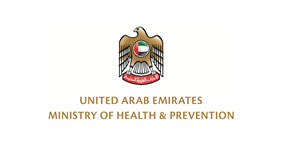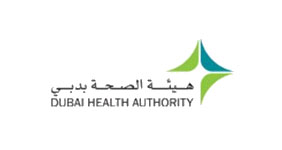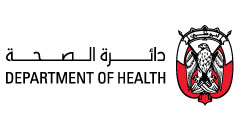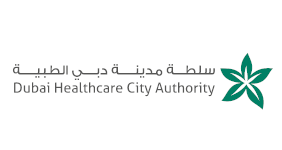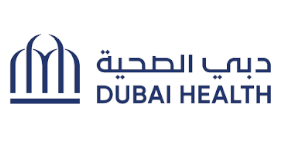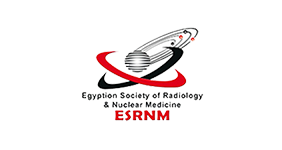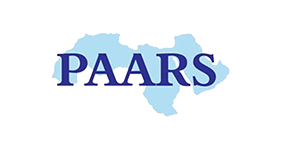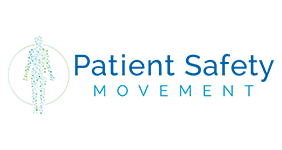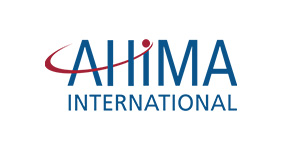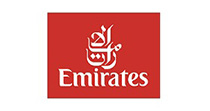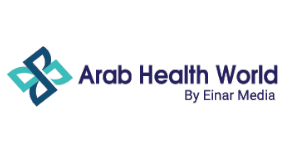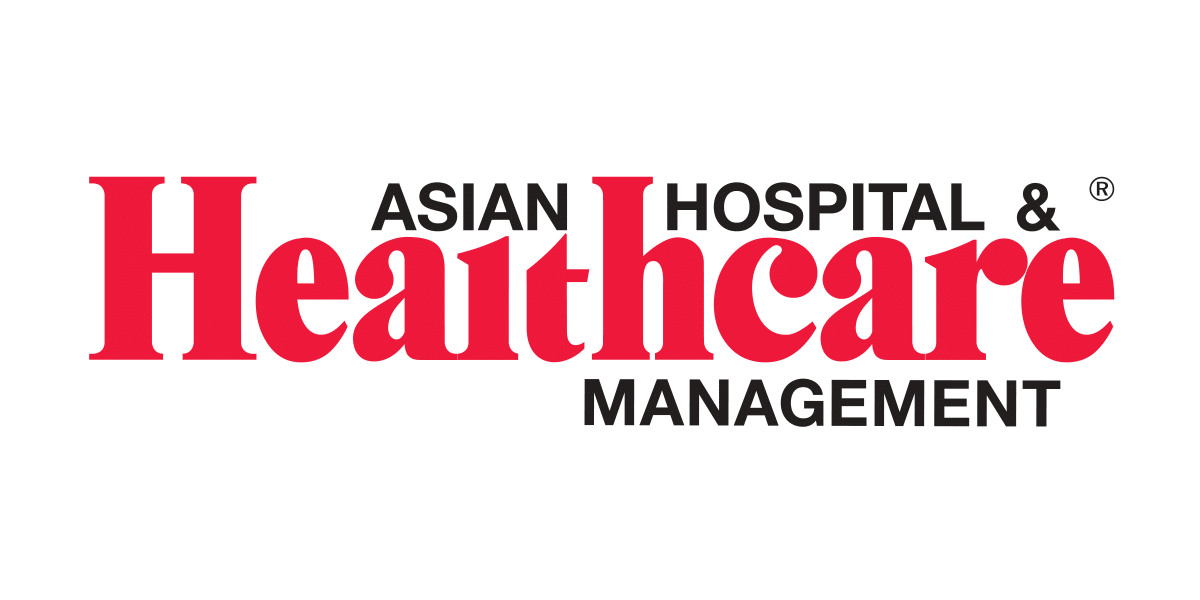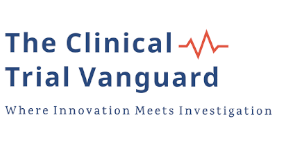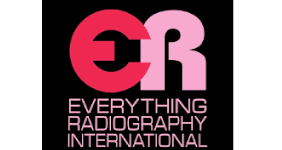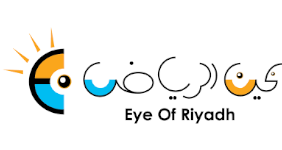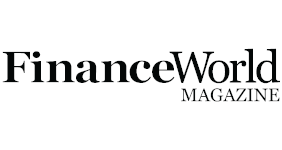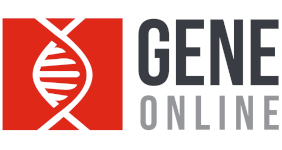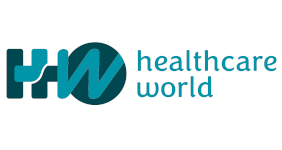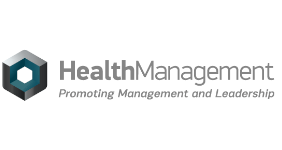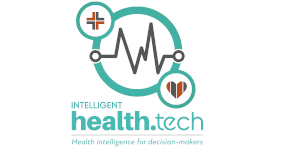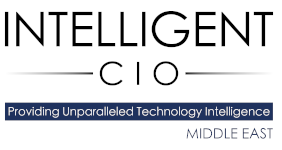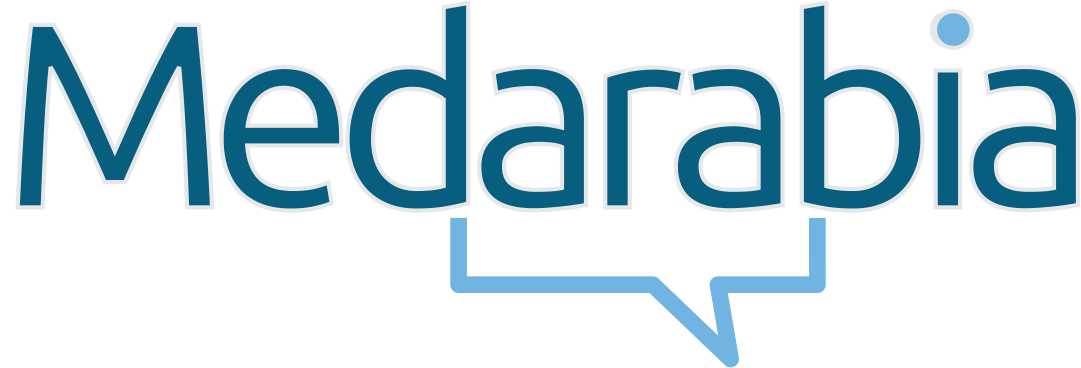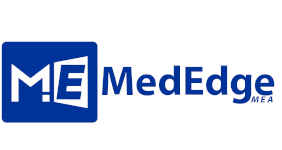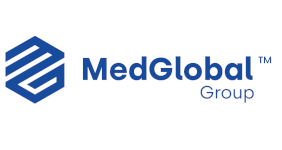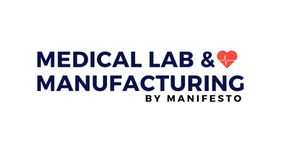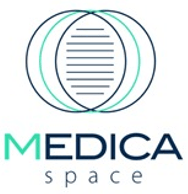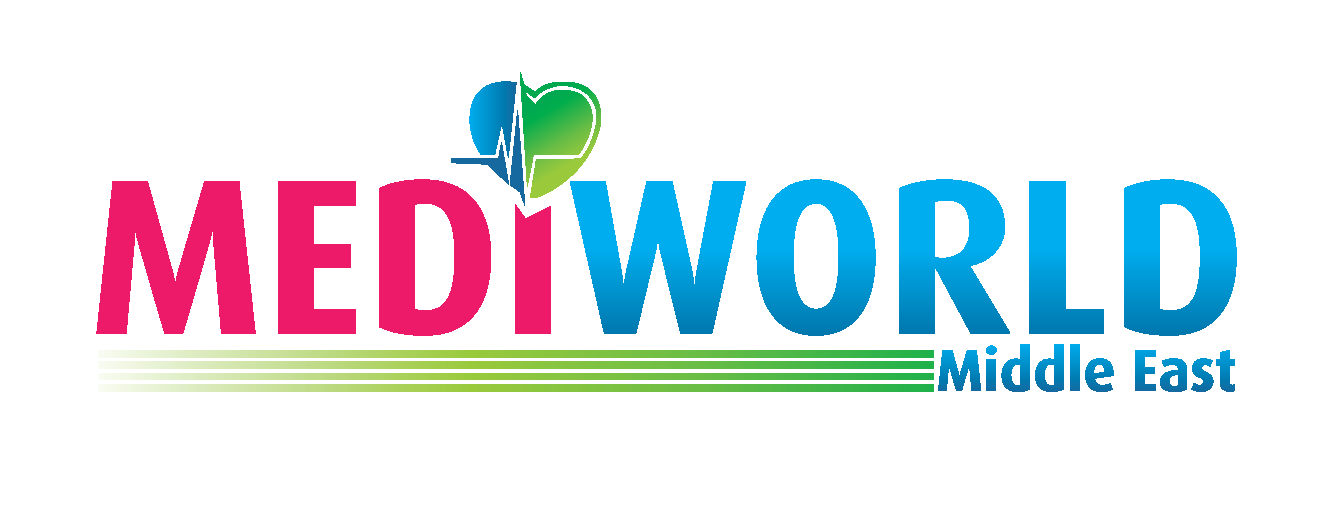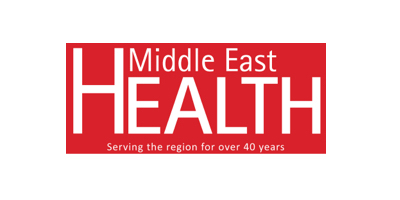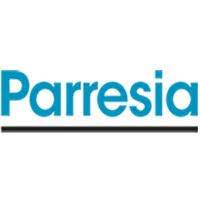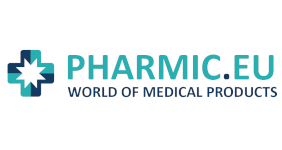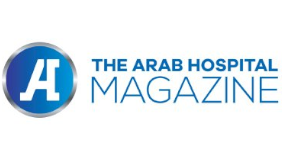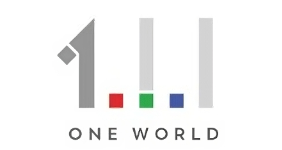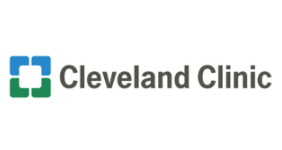Journeying into the Future of Healthcare with Space and 3D Technologies
The ABHI UK Pavilion at Arab Health 2022 united a former NASA astronaut and world-leading surgeon to journey into the future of healthcare with Space and 3D technologies
1 February 2022
The expert panel discussion took place at The Arab Health Exhibition & Congress, the leading healthcare exhibition in the Middle East, exploring the lessons that can be learnt from working in space, recent advancements in 3D Printing and the importance of continuing to innovate to take one giant leap forward for healthcare.
Hosted by Professor Shafi Ahmed, a multi-award-winning cancer surgeon working at The Royal London Hospital, the session took place on day three of the exhibition and saw renowned American physician and former NASA astronaut Dr Scott Parazynski in conversation with CEO of UK-based 3D LifePrints, Henry Pinchbeck.
Together, the panel explored what lessons can be derived from working in the harshest of environments to solve some of the modern health challenges facing mankind. These include ways in which health technologies are providing solutions, the latest innovations and their transformative impact, as well as how state-of-the-art technologies can be transitioned from use in space into wider public use.
Scott Parazynski added: “When we press the boundaries of exploration to make it possible to deliver care in space, wonderful things happen. For example, we have a 3D printer abroad the ISS, and they needed to deliver a splint for a type of finger fracture, so were able to send out a CAD file and print it out just in time, as it was needed for that particular patient. One can leverage the unmet needs of space flight with new technologies and then end up with solutions that can then be deployed in remote locations here on earth.”
Giving the audiences a glimpse into additive manufacturing and how it can be applied in healthcare, the session addressed the potential for 3D-printed patient-specific devices to enhance patient care.
One example given by Henry Pinchbeck was the use of patient specific 3D printed guides to improve outcomes in the resection of complex bone cancers. The guides, which are short-term implantable devices affixed to the patient during surgery, are designed by merging CT and MRI to pre-determine the surgeon’s osteotomy cuts, whilst providing a safe margin around the tumour. They are then 3D printed in bio-compatible, sterilisable plastics.
3D LifePrints, an ISO13485 certified medical 3D printing company, has an embedded facility within the Nuffield Orthopaedic Centre, an internationally renowned orthopaedic hospital within Oxford University Hospitals NHS Foundation Trust (OUH). The company’s facility at OUH boasts a controlled environment specifically designed for the manufacture of 3D printed guides, placing them right at the point of care and reducing delivery times from weeks to days.
The company recently began its international expansion to the US, bringing its successful Point of Care business model stateside, adding Dr. Scott Parazynski to the Board of Directors to assist with this long-term strategic move. Arab Health 2022 took place 24 January – 27 January at the Dubai World Trade Centre. The event brought together more than 56,000 healthcare professionals from across 60 countries, welcoming global leaders in the industry to discuss the future of healthcare and the role of technology and innovation in driving forward a sustainable future.
Organised by the Association of British HealthTech Industries (ABHI) – the industry association for the health technology sector in the UK – the UK Pavilion highlights how UK developments are transforming the lives of patients and clinicians across the globe.
Paul Benton, Managing Director, International at ABHI added: “The session was simply out of this out of this world. We are extremely proud to have a legendary astronaut, one of the most cutting-edge surgeons on the planet, and a leading innovator in the field of 3D medical printing, all together on the ABHI UK Pavilion. Their shared insights provided a compelling look at the medical possibilities of the future.”

